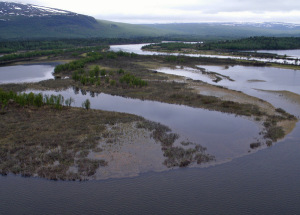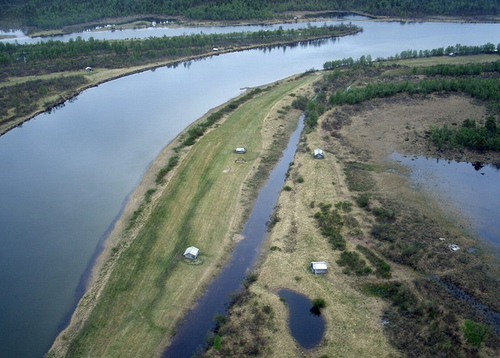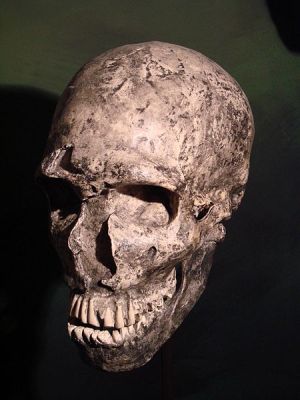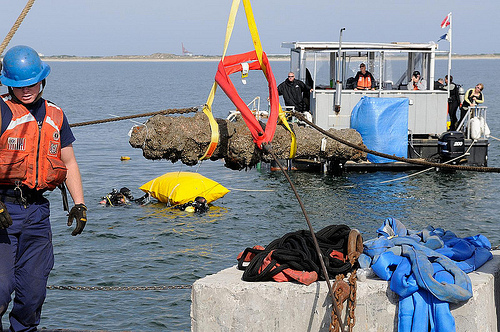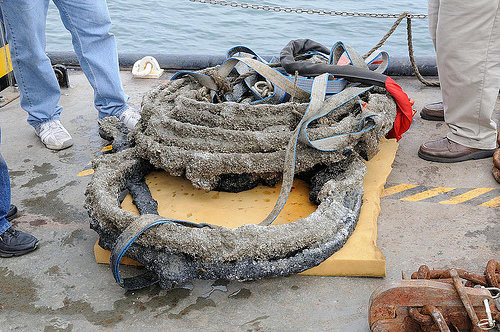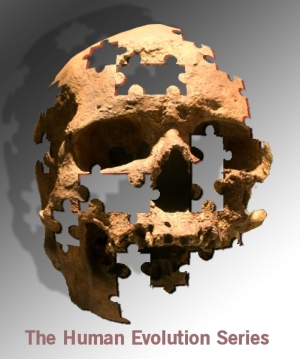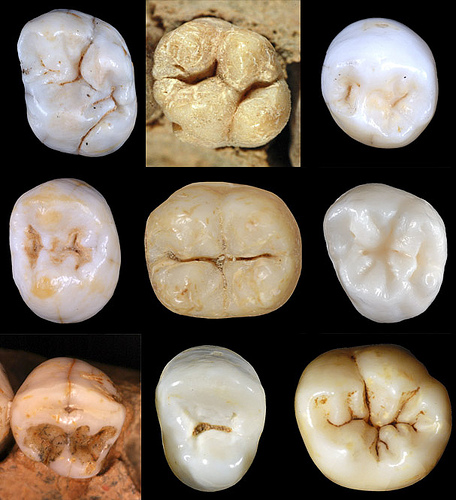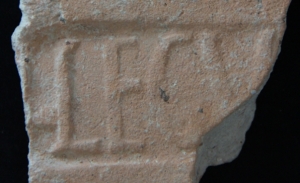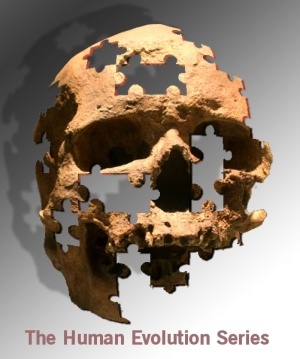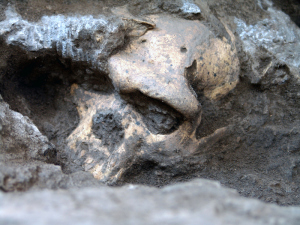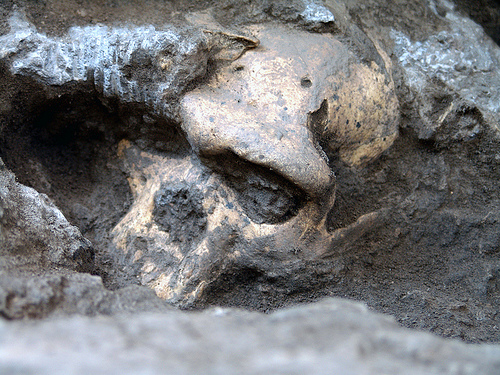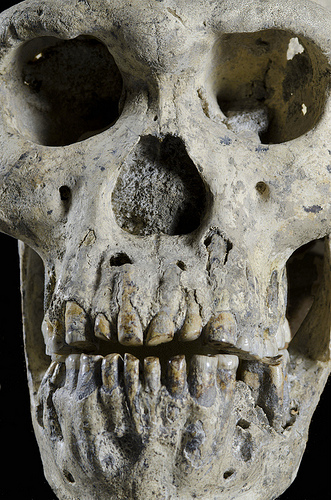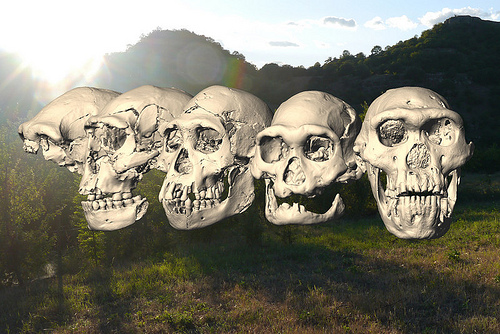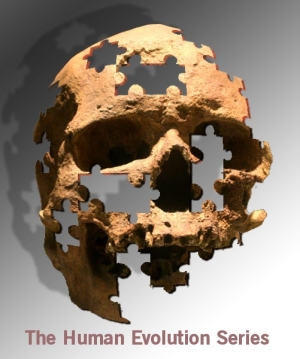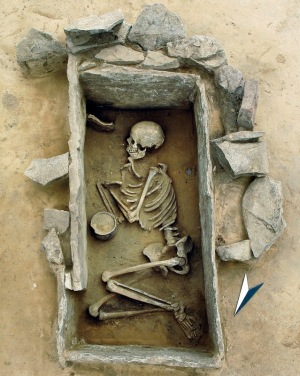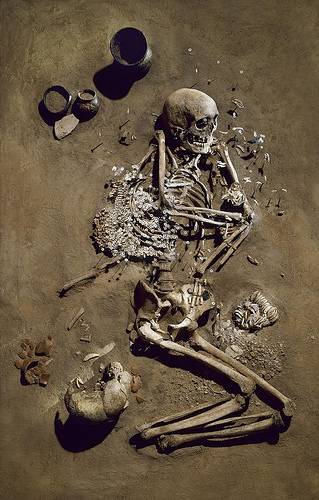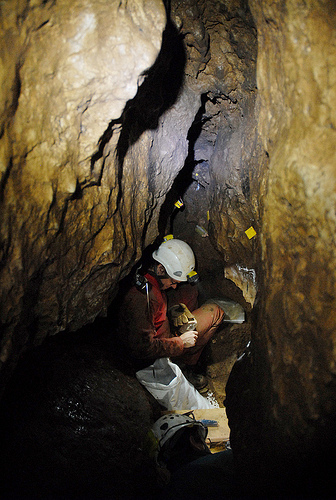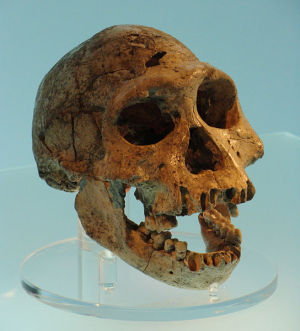
It began with the discovery of a lower jaw of an ancient cattle specimen during an excavation in north-east China. Carbon dated to be 10,660 years old, it showed a wear pattern on the molars which, according to the researchers, is a strong indication of long-term human management of the animal. Moreover, analysis of the ancient DNA extracted from the jaw indicated that the animal was not related to the same cattle lineages that were domesticated in the Near East and South Asia.
The discovery overturns the long-accepted theory that the first domestication of cattle occurred in the Near East region around 10,000 years ago. Now, if the findings are correct, it seems domestication took place at more than one center around the same time.
The research was co-led by Professor Michi Hofreiter of the University of York and Professor Hucai Zhang of Yunnan Normal University in China. Said Hofreiter: “The specimen is unique and suggests that, similar to other species such as pigs and dogs, cattle domestication was probably also a complex process rather than a sudden event.”
Like the development of agriculture, domestication of cattle is considered a key benchmark in the expansion of human population and the rise of settlements and urban civilization. Until now, scientists have suggested that humans began domesticating cattle first around 10,000 years ago in the Near East, giving rise to humpless (taurine) cattle, followed by the management of humped cattle (zebu) two thousand years later in Southern Asia.
The new research is published in detail in Nature Communications.
__________________________
Source: Adapted and edited from a press release of the University of York.
Cover Photo, Top Left: China Rice field with cattle and farmer. Photographer: Markus Raab, Wikimedia Commons
_______________________________________________________________________________________________________________________________________________
Read about the most fascinating discoveries with a premium subscription to Popular Archaeology Magazine. Find out what Popular Archaeology Magazine is all about. AND MORE:
 Popular Archaeology’s annual Discovery edition is a selection of the best stories published in Popular Archaeology Magazine in past issues, with an emphasis on some of the most significant, groundbreaking, or fascinating discoveries in the fields of archaeology and paleoanthropology and related fields. At least some of the articles have been updated or revised specifically for the Discovery edition. We can confidently say that there is no other single issue of an archaeology-related magazine, paper print or online, that contains as much major feature article content as this one. The latest issue, volume 2, has just been released. Go to the Discovery edition page for more information.
Popular Archaeology’s annual Discovery edition is a selection of the best stories published in Popular Archaeology Magazine in past issues, with an emphasis on some of the most significant, groundbreaking, or fascinating discoveries in the fields of archaeology and paleoanthropology and related fields. At least some of the articles have been updated or revised specifically for the Discovery edition. We can confidently say that there is no other single issue of an archaeology-related magazine, paper print or online, that contains as much major feature article content as this one. The latest issue, volume 2, has just been released. Go to the Discovery edition page for more information.
Subscription Price: A very affordable $5.75 for those who are not already premium subscribers of Popular Archaeology Magazine (It is FREE for premium subscribers to Popular Archaeology). Premium subscribers should email [email protected] and request the special coupon code. Or, for the e-Book version, it can be purchased for only $3.99 at Amazon.com.

